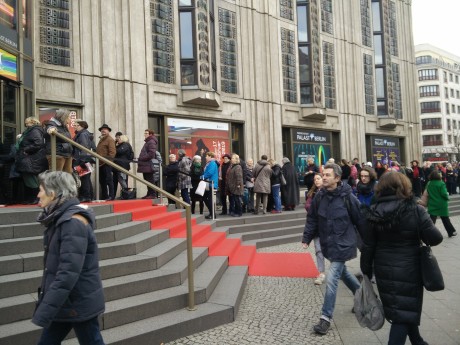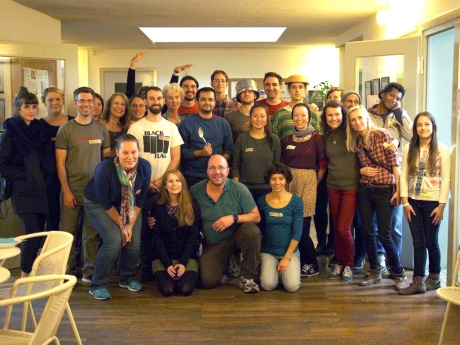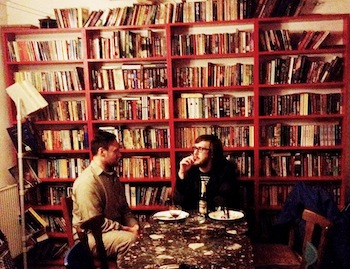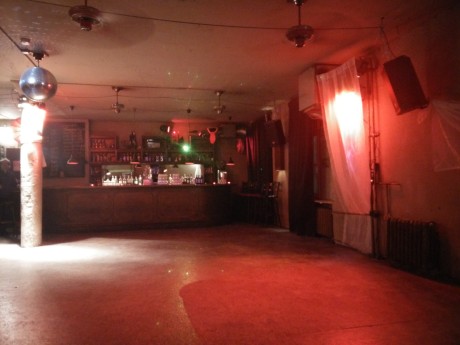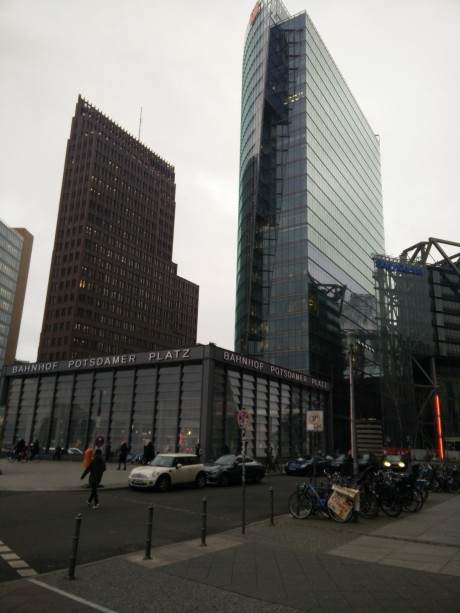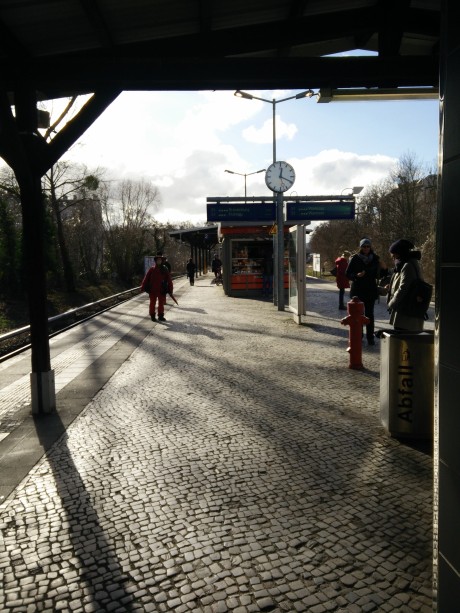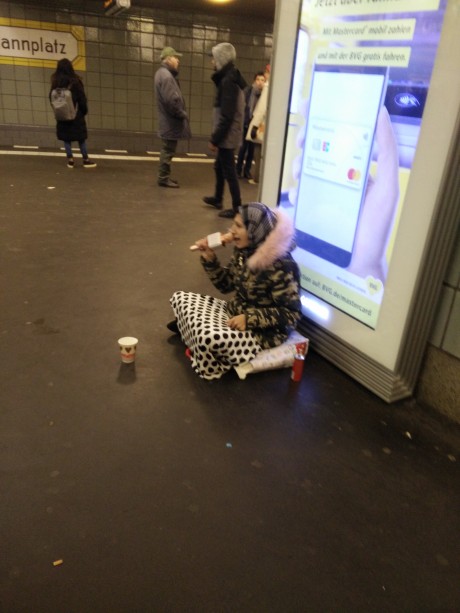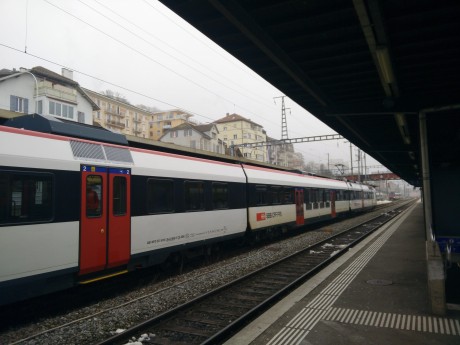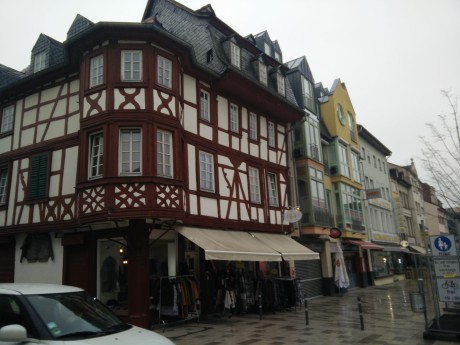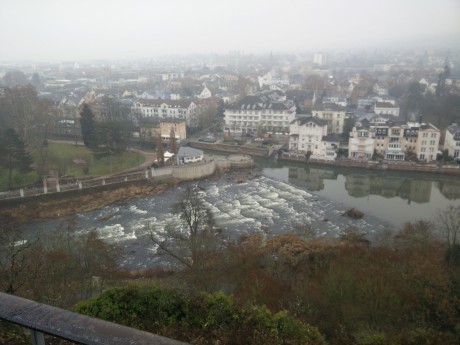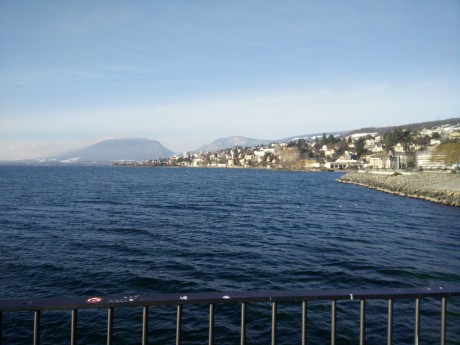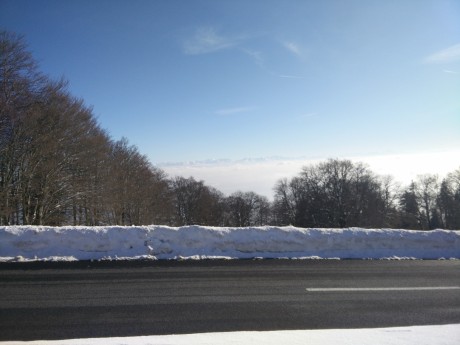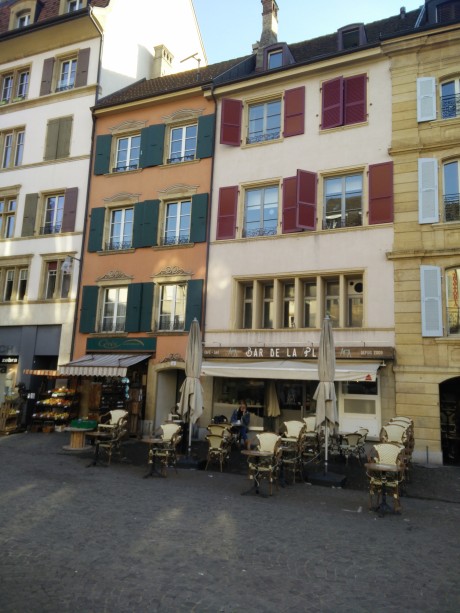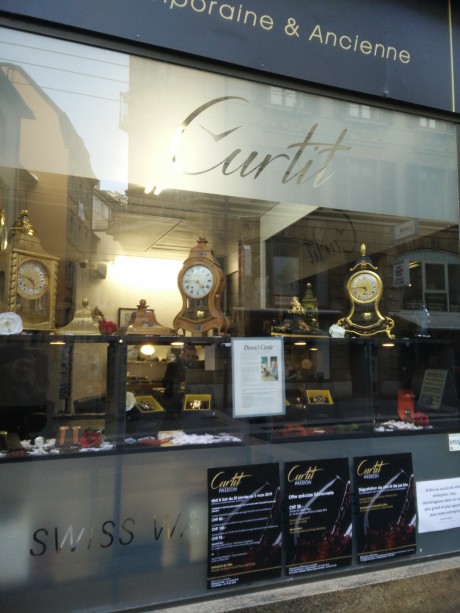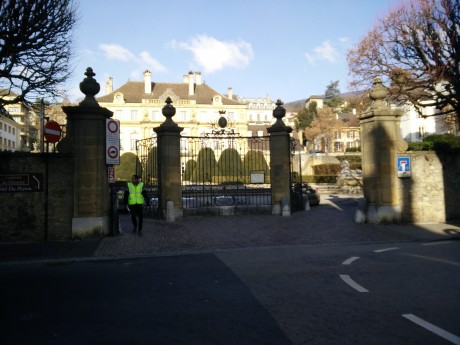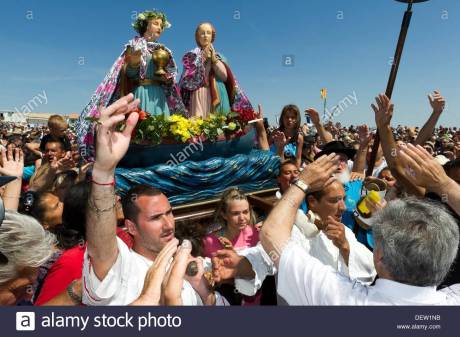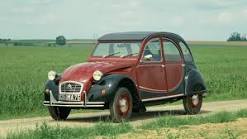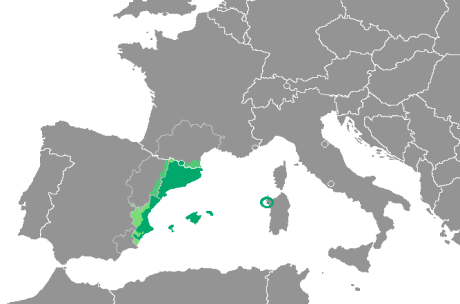
I’m not sure how to even begin writing about Madrid. Before you go to a place, you have a funny homemade version of it, cobbled together from dozens of impressions, that disappears as soon as you get there. Childhood memories of Spanish dancers in elaborate frilled dresses, with combs in their hair, Bullfights with Matadors and Torreadors in skintight pants, pompoms on their hats, bleached sunshine, huddled buildings, a bit tatty, paella, tortilla, cheap wine, good coffee. There were bullfights up til recently, then they were stopped temporarily for renovations or some reason, and now they’re having difficulty reopening because of objections from animal rights organizations and the general public. Flamenco dancing can be seen, but I gather its all a bit Riverdance for tourists, whereas the Madrileños are very fond of nightclub dancing themselves, all night long. My daughter C. was surprised to see a queue to get in to the nightclub after 4am, when she was leaving.

I took a high-speed train to Madrid, arriving in Atocha, the main station, and took a Metro to Sol, which is one of many Plazas in Madrid, alive with people eating, drinking coffee, watching the world go by. I met up with old pals M & S, who took me walking through the city centre. Around every corner are elegant squares, impressive buildings, huge trees, green parks and a great feeling of spaciousness, between which run tiny streets, with high buildings either side. On arrival, I had thought that the drivers were an incredibly noisy lot; afterwards I realised the taxis were on strike and were protesting every few days by driving down a main street honking their horns.
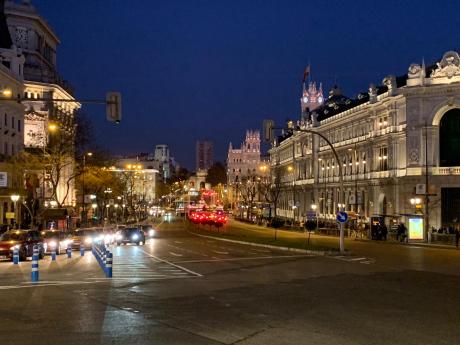

What I hadn’t really expected was the elegance of Madrid, the Opera and Teatro Real, the military barracks Plaza Mayor, the Gran Via, lined by Edificios, with its oddly shaped Metropolis building, the stunning Catedral de La Almudena, beside which is the Palacio Real, where we just happened to catch King Philip VI (no, he didn’t wave) who had dropped in for a meeting in the palace. Queen Laetitia wasn’t with him, a journalist-turned-Queen, she shot to fame when she interviewed the King some years ago on TV about his Mystery Girlfriend, without disclosing that it was herself. They subsequently married among much People magazine flurries and the prospect of a TV film of their romance.

Then there are the fabulous fountains, Fuente de Neptuno and Fuento de Cibeles (where Real Madrid celebrate their futbol victories with a splash), beyond which the Paseo del Prado (bookended by Museo Thyssen and Caixaforum, with its vertical garden) leads to one of the most famous art galleries in the world, El Prado, and its sister gallery, La Reina Sofia.
My friends took me to eat Spanish tortilla in a little lunchtime place, Buho – a 3-inch high, 10-inch wide fantastical egg-and-spud concoction, deliciously filled with cheese. I had initially thought we’d order one each (without realising the size) – thank heavens we shared, we couldn’t finish it. After this, S brought me on a quick tour, got me a map and pointed out some Must-See’s (he works as a tour guide). I knew I had very little time to actually see Madrid, so allotted some time to major sights, then just enjoyed the streets the rest of the time.

In the evening, I headed for the Prado, where admission to the museum is free every evening 6-8pm. I was the first in the queue (at 5pm) and spent most of my time trying to prevent tourists playing dumb, trying to skip the queue. I found this an interesting feature in Rome, or on the Rome-Malaga flight – Italians seem to just insinuate themselves into the side of a queue and gradually push themselves in. The amazing thing is that nobody objects, so its quite common, because it works (just not with me). Eventually, the gates opened and we were allowed in. Because of time constraints, I had googled in advance the “12 best pictures in El Prado” and managed to see El Greco, Velasquez, Messina, Goya, Zurbaran, Raphael, a little room of triptyches by Hieronymus Bosch and my favourite Caravaggio. Without doing this shortcut cheating, I imagine I’d never have got beyond the ground floor. Although originally opened in 1785 to house the kings Natural History Cabinet, its current use was launched by King Ferdinand VII and Queen Maria Isabel de Braganza in 1819 (hence its celebrating its bicentenary this year).

The Prado is a huge museum, with an amazing collection, plus interesting temporary exhibits, but you’d need weeks to actually view it. When I lived in Paris, I made attempts to see the Louvre, but its exhausting to even try. I tried to get into the Prado the following morning, but the crowds drove me to La Reina Sofia museum, just opposite. The building is reminiscent of the IMMA building in Dublin, with a central courtyard surrounded by cloistered arches, and was originally opened as the San Carlos Hospital in the sixteenth century. Its current use as a museum of modern art was initiated in
1990. The most famous of the exhibits is surely Picasso’s “Guernica”, worth the price of admission just to see it close up. It focusses on 20th century art, most especially Spanish artists, (Dali, Miro, Gris), but includes international Cubist artists. Once again, I felt as if I barely had a taster of a museum that would require a fortnight to explore.
In the evening, P&I took me to Templo de Debod, an ancient Egyptian temple that was dismantled and rebuilt in Madrid as a gesture of thanks from the Egyptian government for the help the Spaniards gave in saving the Abu Simbel temples, when the Aswan Dam was built. From here, there’s a spectacular view of the sunset over the city, and tons of Madrileños gather here to watch, talk and take pictures. (We tried -and failed- to get into two commercial buildings another evening, to view the sunset from the uppermost level, once again there was a queue of locals trying to get in).
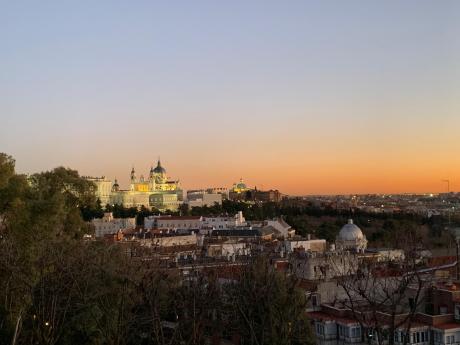
We tried (and succeeded) to get in to Pez Tortilla, a place serving slices of tortilla with different toppings, so popular that most people stood while they ate. P&I walked me through a colourful, comfortable gay district, Chueca, both evenings ending up in cafe/bars where you’re as likely to drink green tea as beer and wine. We sat with people who speak at least two languages, live in two countries, understand cultural nuance, enjoy meeting new people. Even though my friends warned me that not all parts of Madrid are safe, it certainly felt that way to me – no drunks, no obvious dodgy characters, few hustlers. But in every town I’ve been, there’s a big presence of police and army, with guns at the ready. This has become completely normalised in big European cities – and you would wonder do they make any difference to criminal activity or is it just to make us feel safe?

On Saturday, P&I took me to the El Retiro park, a huge public park that once belonged to the king, and is now municipal. Families gathered in playgrounds, groups of rollerbladers skeeted around, a collection of silent men did Tai Chi, a Romanian jazz band set up to busk. P walked us across the park to see the Fisherman’s Cottage and hill, which features in a thriller he’s reading at the moment. The highlight had to be the Glass Palace, a building not unlike the tropical glasshouses in The Botanic Gardens, but this is an exhibition space. On show were steel mesh heads by the sculptor Jaume Plensa, enormous pieces that you could get up close to, or move back from to appreciate them.


The highlight of my stay in Madrid had to be meeting up with a long-unseen niece, L, her husband O, and their son, A. We met in the kind of typical plaza, with tables and chairs, umbrellas and heaters in winter, to eat tacos, patch together the last 20 years and catch up. Its so great to meet someone who you haven’t seen since they were perhaps a teenager, and realise that they have fulfilled all the potential you could see way back then. Wonderful too, to meet an extended wing of the family and have my heart stolen by a new (to me) grandnephew.

What struck both myself and my daughter C (who just happened to be in Madrid the same weekend) was the lack of tourists. There was the odd ex-pat trying to become a Madrileño and there were Spanish tourists, but there was no feeling of being crowded out by tour groups, nor even much Tourist Menu In English featuring. The Madrileños seem to love getting together, to play sports, to eat and drink, to watch the sunset, without any qualms about appearing cool or uncool. Is Madrid a sort of secret destination? The big destinations in Spain are Barcelona and Malaga, Madrid is less trendy. This gorgeous city still has places that accept and smile at your halting Spanish, cheap midday Menu del Dia, cheap public transport, museums that are either half-price or free for pensioners, and a compact city-centre that I found totally walkable. If you read this, don’t tell anyone about it – we’ll keep Madrid as our secret.
